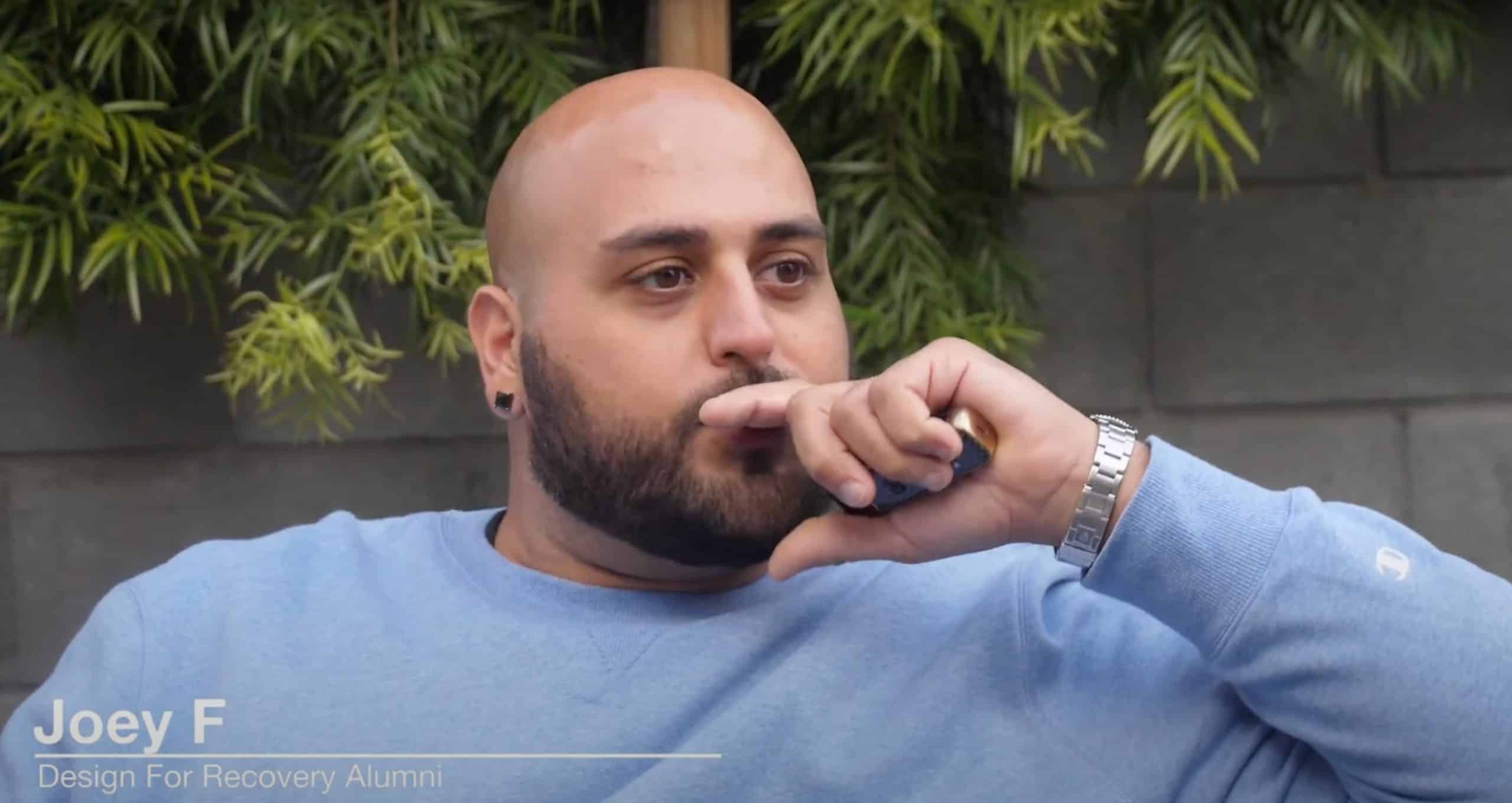On This Page:
Synthetic Marijuana Withdrawal
Synthetic marijuana, often sold under the brand names Spice or K2, is designed to imitate the effects of natural cannabis. However, it is often far more potent, and it often produces effects that are far more unpredictable and dangerous than natural marijuana. Synthetic marijuana is an addictive drug that is likely to lead to dangerous overdoses. If you or a loved one is suffering from synthetic marijuana addiction, it is important to get outside help during the process of recovering from synthetic marijuana addiction. Synthetic marijuana withdrawal can be uncomfortable and debilitating. Understanding the withdrawal symptoms and getting the help you need is essential for long term recovery.
Synthetic Marijuana Withdrawal Symptoms
- Delusional or disorganized thinking
- Schizophrenia relapse or onset
- Problems with thinking or memory
- Feeling detached or disconnected from reality
- Violent behaviors or tendencies
- Suicidal ideation or actions
- Ischemic stroke
- Severe gastrointestinal problems (diarrhea, vomiting, nausea)
- Increased heart rate
- Episodes of psychosis (delusions and hallucinations)
You’ve Already Survived 100% of Your Bad Days
Tough days might come, but with our supportive sober community, you’re never alone. Whether transitioning from a rehab center or another sober living in Los Angeles, we’re here to help. Our success stories statnd testament. Contact us for a confidential chat and evaluation.
Physical Symptoms of Synthetic Marijuana Withdrawal
In many cases, the physical symptoms of synthetic marijuana withdrawal are difficult to distinguish from the effects of the drug itself. This is because the effects of synthetic marijuana on the body tend to be fairly long lasting. As a result, many people continue to experience the effects of synthetic marijuana even as they begin quitting the substance. Common K2/Spice physical withdrawal symptoms include:
- Headaches
- Breathing problems
- Changes in appetite
- Pain in the chest
- Abnormal heart rate and heart palpitations
- Seizures
- Stomach upset
- Sleep disorders and somnia
- Profuse sweating.
Synthetic Marijuana Abuse and Mental Health Disorders
The psychological symptoms of synthetic marijuana withdrawal generally fade over time. However, in some circumstances the mood changes can be more long lasting. The depression and anxiety that people experience with withdrawing from fake weed can snowball into a more permanent condition. Developing a mental health disorder is obviously problematic on its own, but it is also one of the most common ways people relapse. Even after successfully withdrawing from Spice/K2, individuals may return to substance abuse to obtain short term relief from their emotional distress.
It is also important to recognize that mental health disorders are one of the most common driving forces behind addiction in the first place. Many individuals turn to substances like synthetic marijuana as a form of “self-medication” for underlying mental illnesses. People who suffer from a substance use disorder as well as a mental health disorder are known as “dual diagnosis.” It is important to get outside help so that both comorbid conditions are addressed. Having a strong support system during withdrawal and recovery can help people avoid experiencing a relapse of mental illness.
Synthetic Weed Withdrawal Timeline
Do You or a Loved One Need Help?
Synthetic Marijuana and Polysubstance Abuse
Synthetic marijuana abuse rarely occurs in a vacuum. In fact, many young people turn to synthetic marijuana because they are facing consequences from their substance abuse with other drugs. Synthetic marijuana is difficult to detect on drug tests, and it is generally legal to purchase and consume. People who are facing criminal or health consequences from using marijuana or other substances often purchase fake weed to avoid detection, or in the erroneous belief that they are choosing a safer alternative. In fact, many young people use synthetic cannabinoids to help them “come down” or withdraw from other drugs or alcohol.
It is therefore important to recognize that when an individual is withdrawing from synthetic marijuana, they are often also withdrawing from other drugs as well. This can complicate the withdrawal process, since the effects of many psychoactive substances are contradictory. It is crucial to avoid the temptation to turn to other substances to ease synthetic marijuana withdrawal symptoms. While having a beer or a Xanax to smooth out one’s mood can seem appealing, withdrawing from these other substances can make the process far more difficult — and dangerous.
Recovering from Synthetic Marijuana Addiction
If you or a loved one is struggling with an addiction to synthetic marijuana or any other substance, it is crucial to reach out and obtain outside help. Once an addiction has developed, it is nearly impossible for one person to control their substance abuse using individual will power. Substance use disorders impair a person’s ability to make decisions and commit to them — at least as far as their drug use is concerned. It may be possible for an individual to withdraw from synthetic marijuana on their own, but in the long term they are likely to relapse if they continue to suffer from a substance use disorder. Substance use disorders are serious mental health conditions that drive people to return to substance abuse, even when they fully recognize the consequences of a relapse.
Design for Recovery is a structured sober living home for men located in West Los Angeles. At Design for Recovery, young men can withdraw from synthetic marijuana addiction in a safe, supportive, and trigger-free environment. Residents benefit considerably from connecting with other young men with similar backgrounds of addiction — and similar commitments to recovery. In fact, one study on sober living homes demonstrated that the kind of peer support they offer is critical for long term sobriety. Working together, residents of our structured sober living house develop the skills, tools, and coping techniques they need to face life’s challenges and triggers. They also take steps toward living the lives they want to live, lives that only a few months prior they thought were out of reach forever. At Design for Recovery, we believe that sobriety is about far more than just staying physically abstinent: it’s about leading a better life.
Instead of withdrawing from synthetic marijuana alone and struggling in solitude, reach out to Design for Recovery today.
Are You Looking for a Safe and Structured Place?
Join us at Design for Recovery sober living homes in Los Angeles, California.
Share this :







